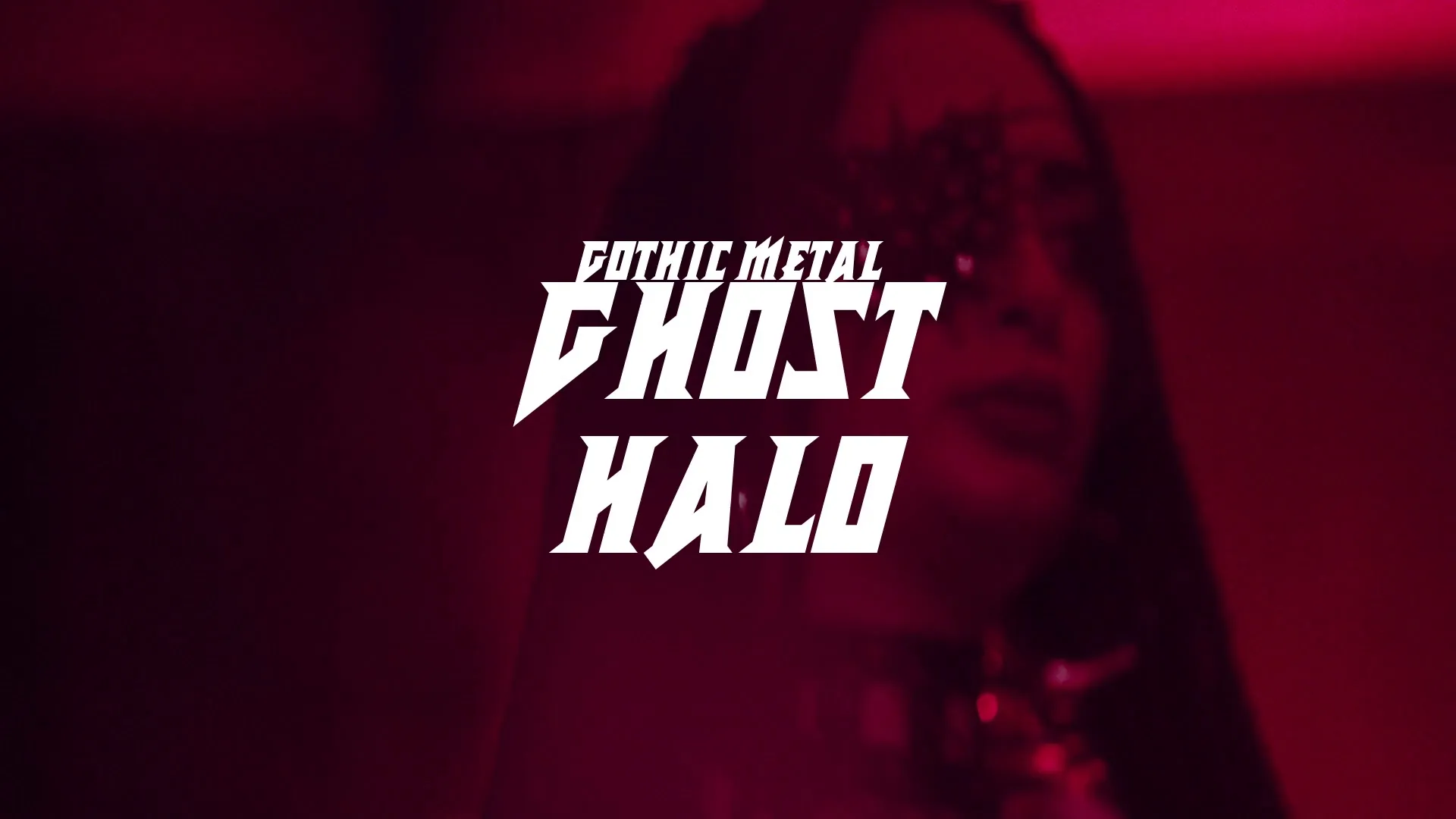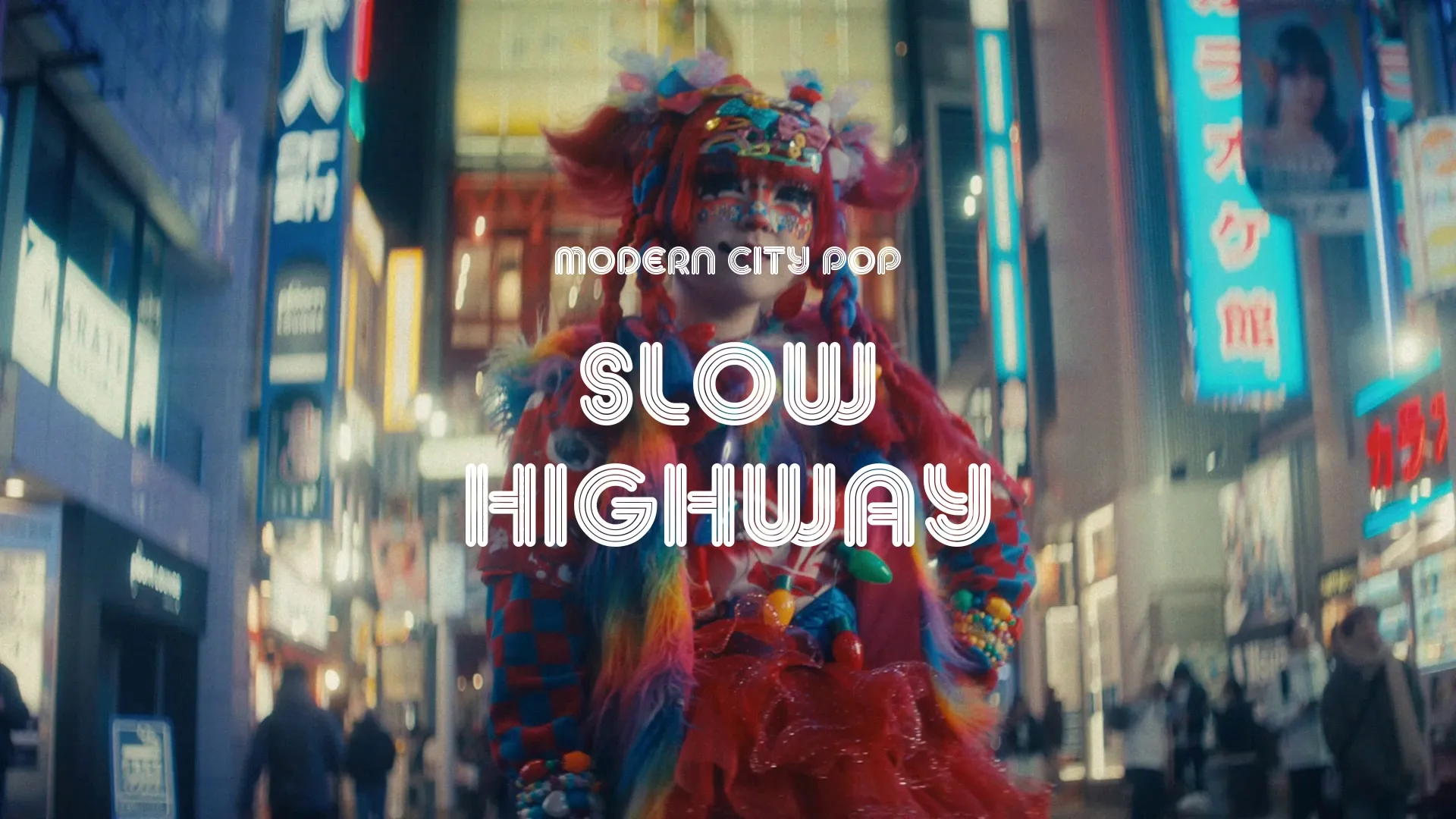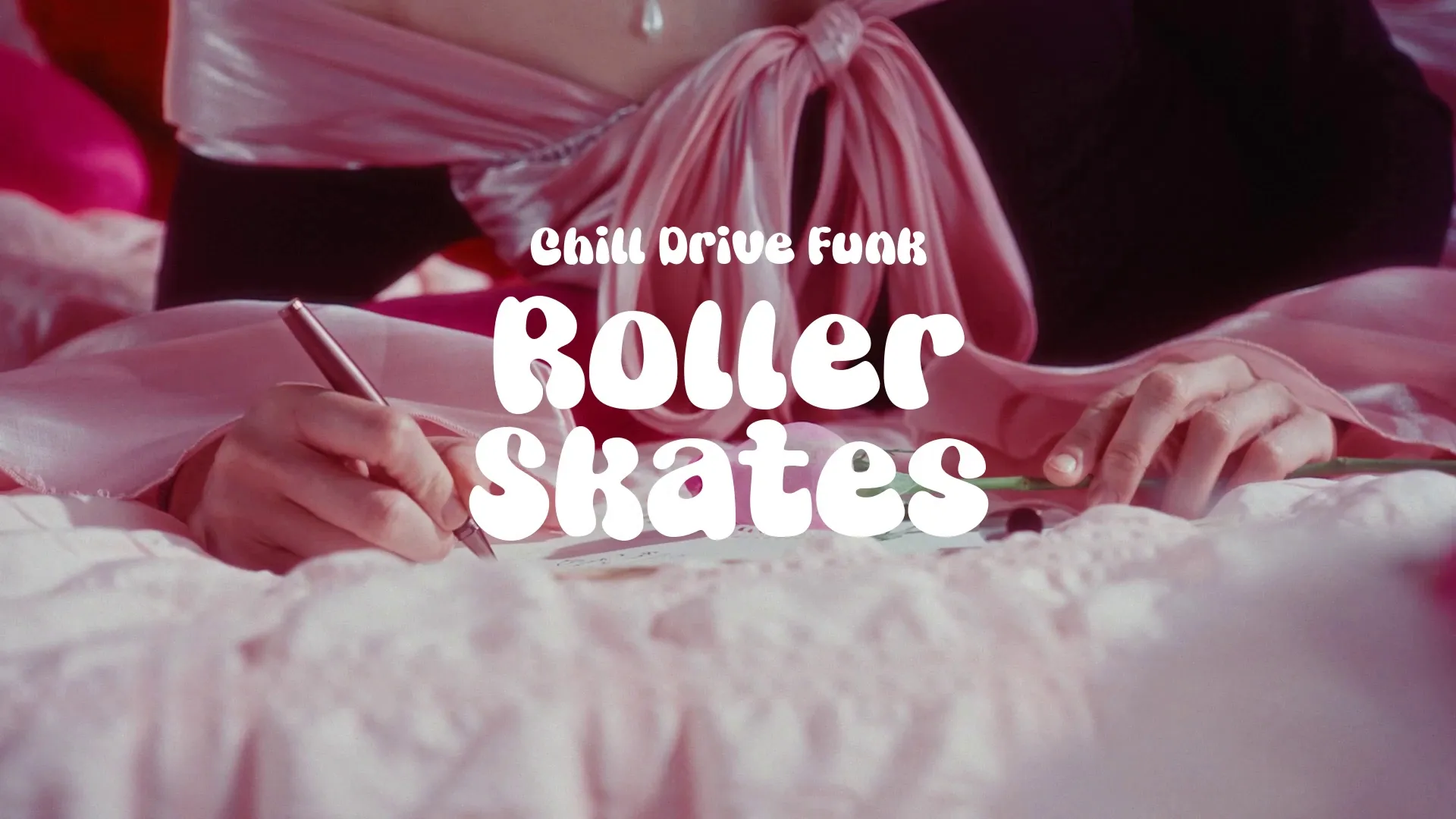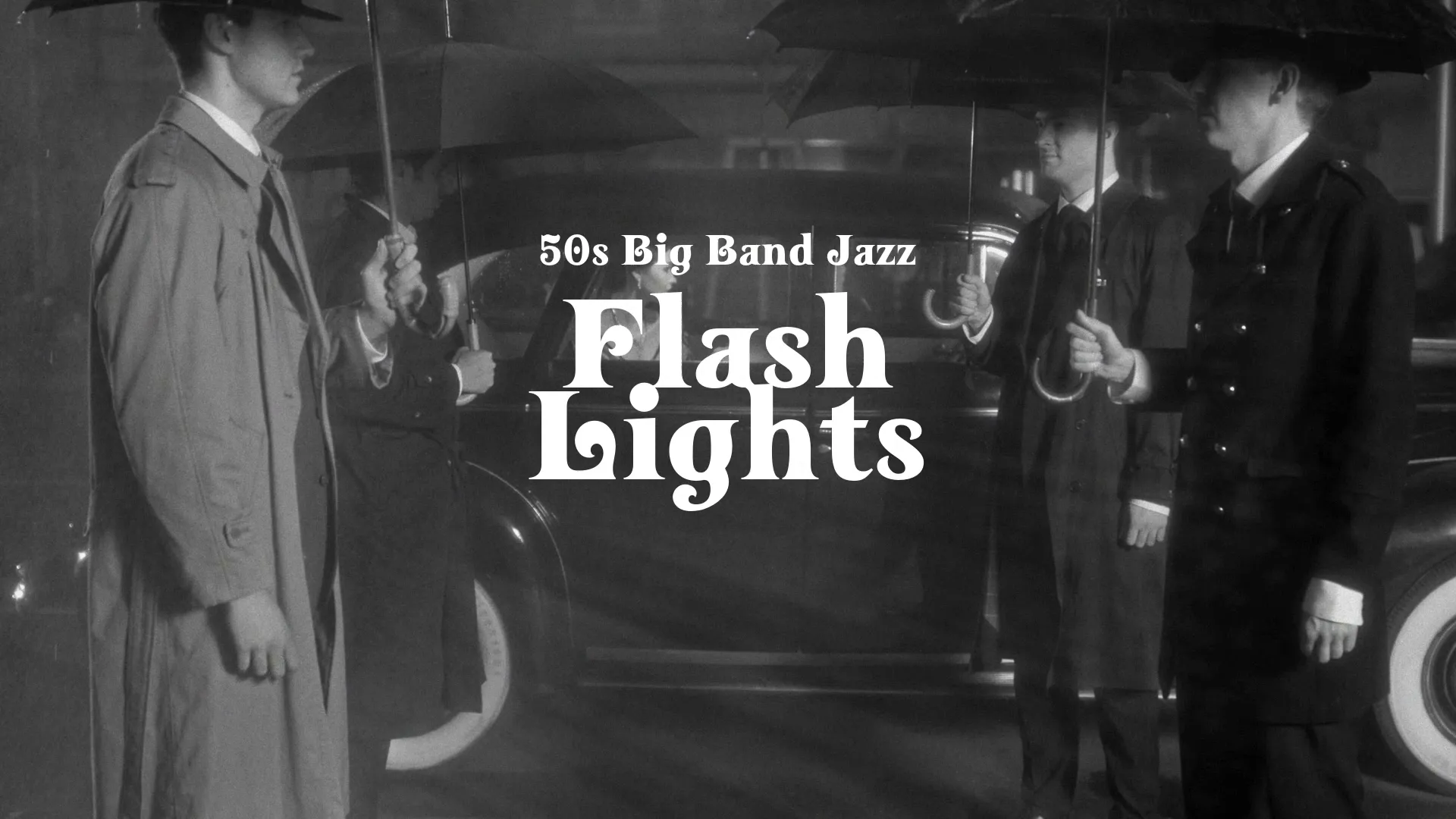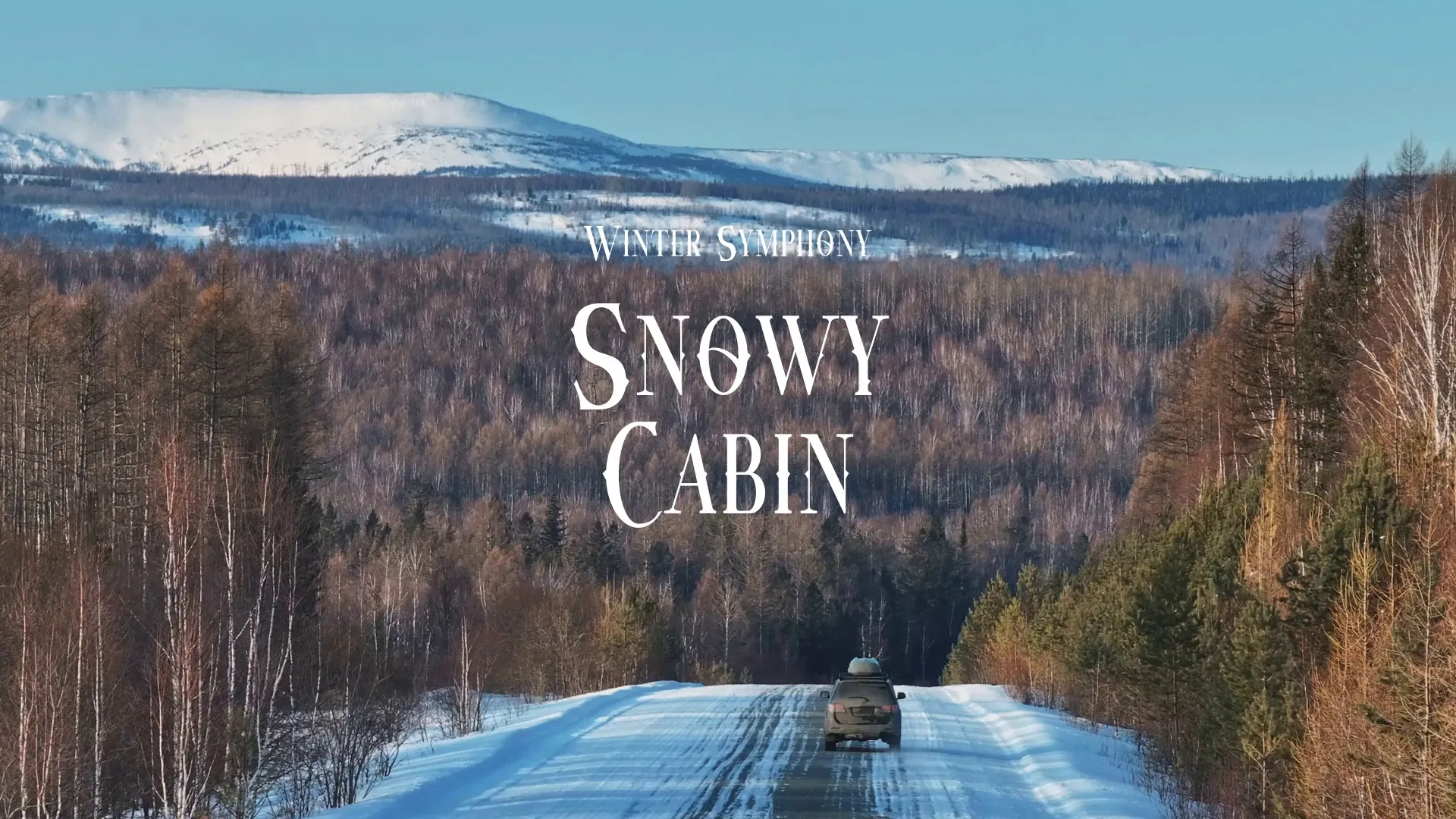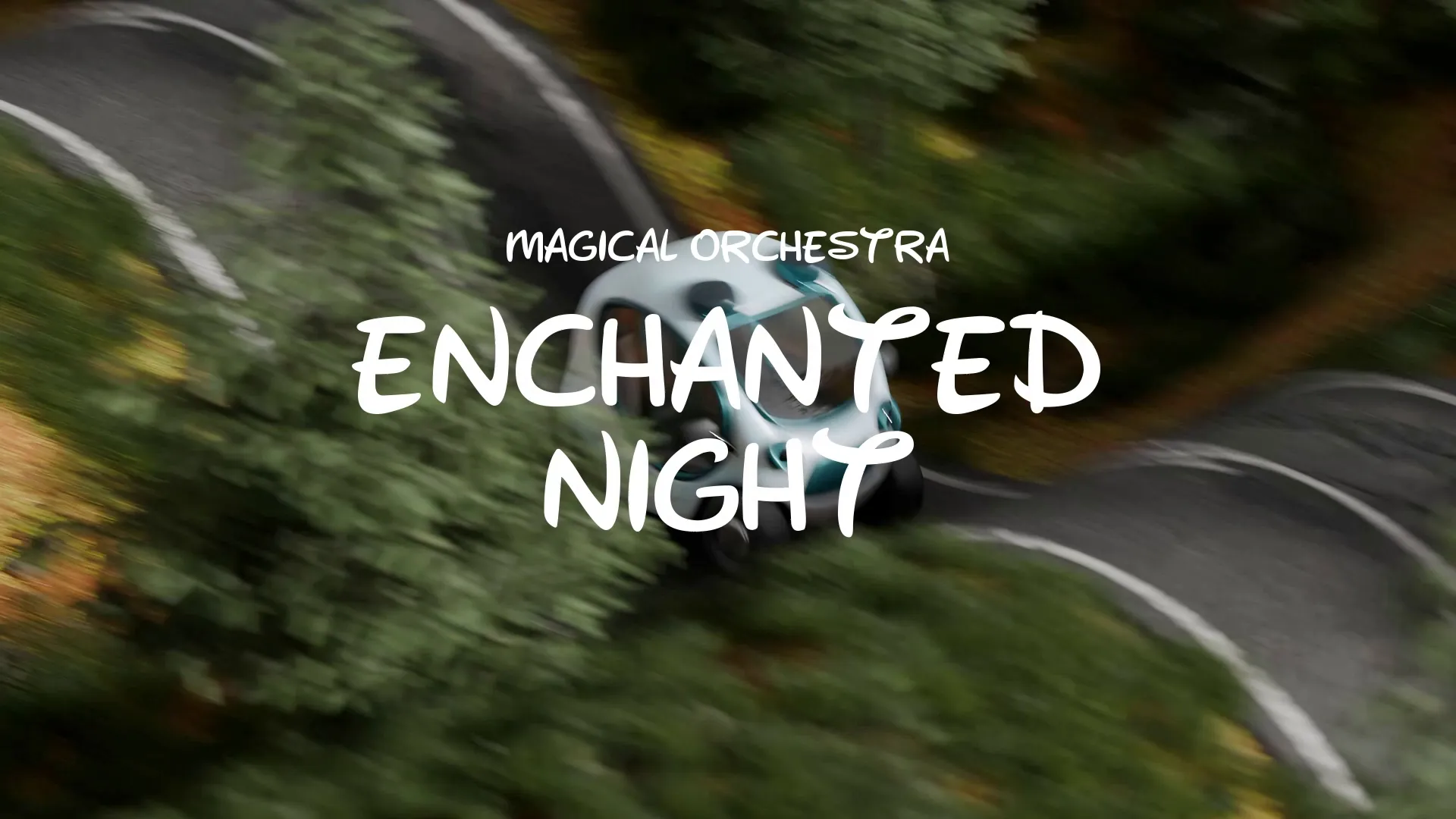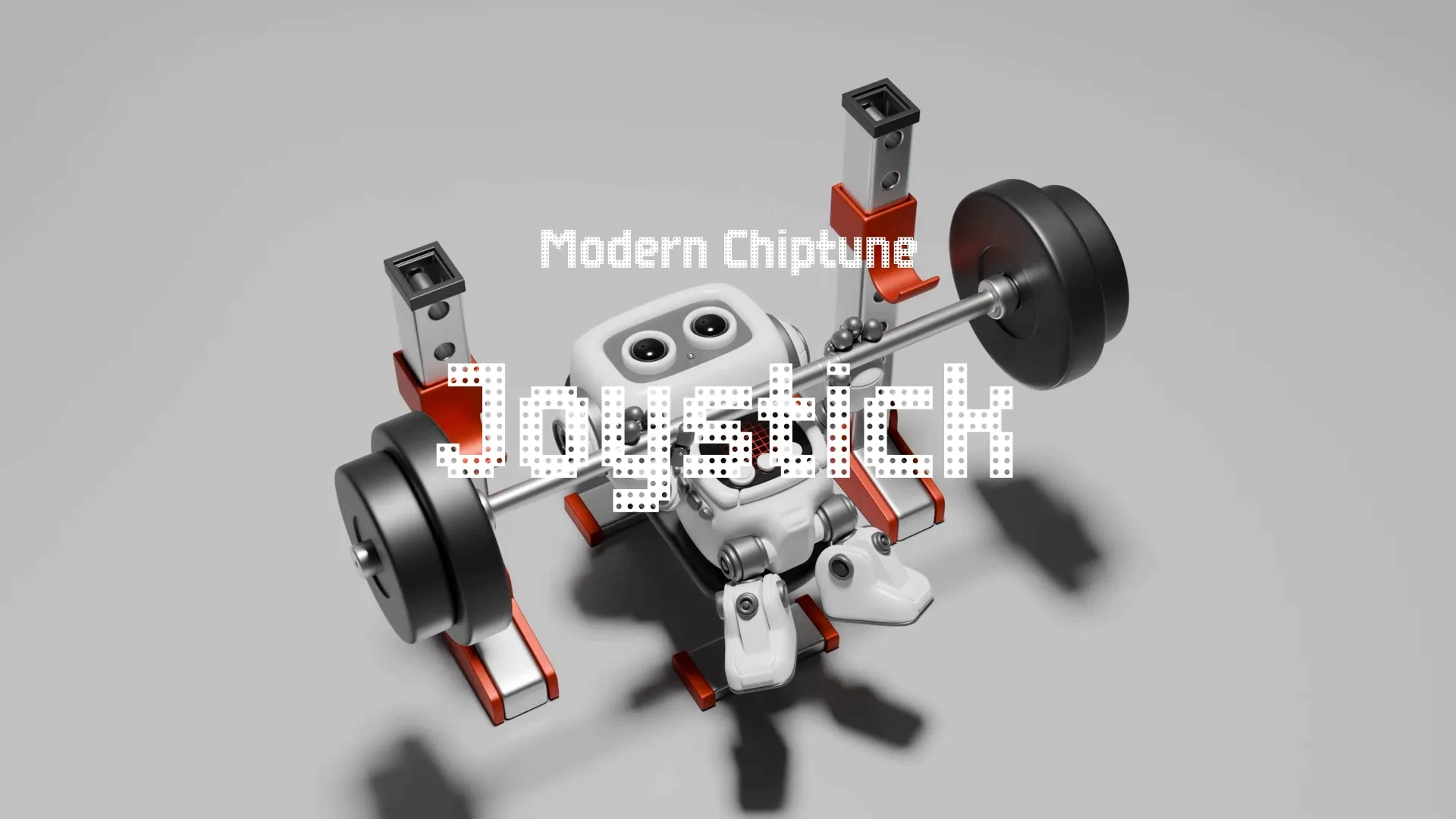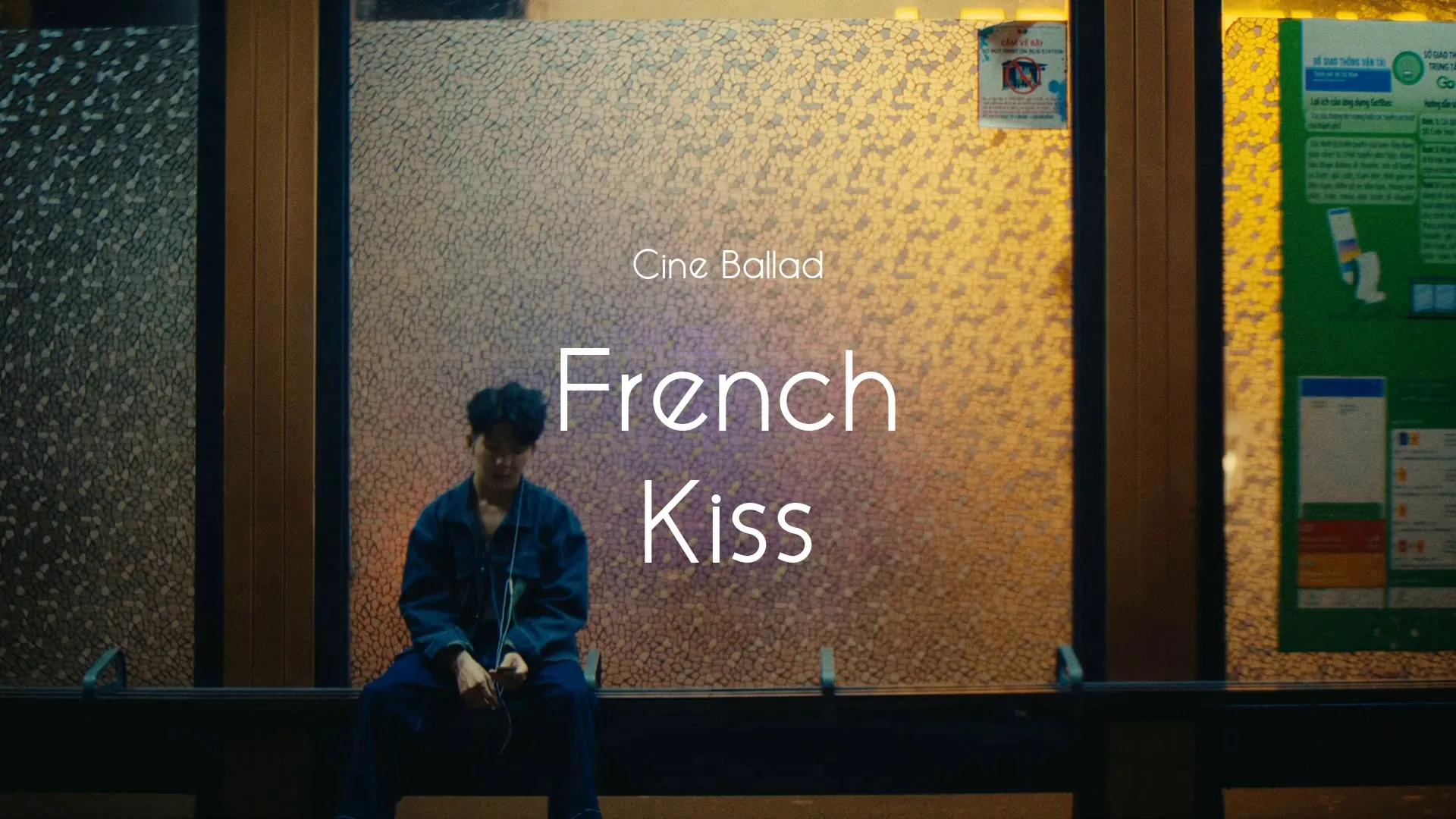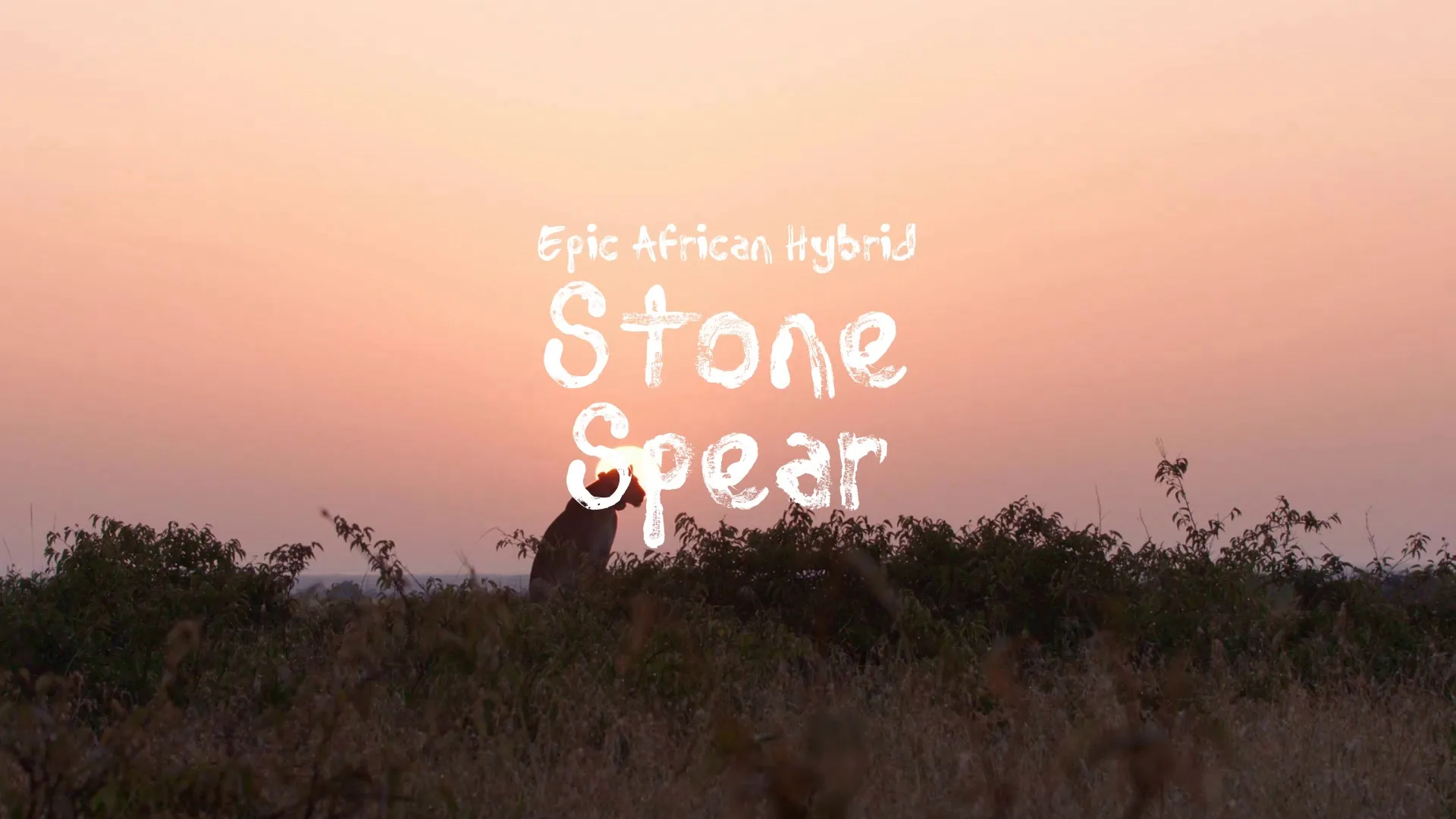Mastering Claustrophobic Horror VFX in Unity with Strafekit

Want to make your horror game truly terrifying? The secret lies in mastering subtle visual effects that build suspense and amplify scares, especially within confined spaces. In horror games, a feeling of claustrophobia – the dread of being trapped – can be a powerful tool. This article guides you through creating specific, chilling visual effects (VFX) for your horror game using assets readily available on Strafekit, even if you’re new to visual effects. You’ll learn how to build suspense, amplify scares, and disorient your players using fog, lighting, and distortion effects to create an immersive and unforgettable claustrophobic experience. By combining these VFX techniques with careful sound design, you can trap your players in a virtual nightmare.
Why Visual Effects Matter in Claustrophobic Horror Games
In horror, VFX aren’t just about looking pretty. They’re about amplifying fear and unease, and in claustrophobic horror, this is especially important. Consider how these effects can make a player feel trapped:
- Heightening the Sensation of Confinement: In a tight space, VFX can amplify the feeling of being trapped. Diminished visibility caused by fog or darkness makes the player feel lost and vulnerable. Distorted visuals can make walls seem to close in, creating a palpable sense of pressure. Imagine your player inching through a grimy, industrial hallway, the air heavy with a dense fog that limits their vision to just a few feet, the only light source an erratic, buzzing fluorescent lamp.
- Exaggerating Limited Visibility: Claustrophobia is fueled by the fear of the unknown, especially in confined spaces. Obscuring the environment with fog, shadows, and strategically placed light sources forces players to rely on their imagination, often conjuring far more terrifying scenarios than anything explicitly shown on screen. Think of the classic horror trope of a narrow, fog-filled corridor where the player can barely see a few feet ahead.
- Creating Psychological Pressure: Visual effects can manipulate the player’s perception of space, making them feel increasingly trapped and anxious. A well-timed screen distortion, coupled with a loud, echoing sound effect, can be far more effective than a complex monster reveal, especially when it reinforces the feeling of being sealed in. For instance, consider the effect of a subtle chromatic aberration effect when the player enters a particularly small room, simulating the character’s growing panic and disorientation. This can be further enhanced by warping or twisting corridors.
Creating Atmospheric Horror: Fog and Unstable Illumination
Fog and unstable illumination are classic horror tropes that, when combined effectively, can create a deeply unsettling, claustrophobic atmosphere. They play on our primal fears, creating a sense of vulnerability and unease, particularly when the player feels trapped with no escape.
Generating Ominous Fog
Goal: To create a dense, ominous fog effect that obscures the environment, limits visibility, and enhances the feeling of unease in tight spaces.
Strafekit Assets:
- 100+ Visual Effects - Environment, nature, loot, bubbles, rain, snow, and fog: Contains pre-made fog particle systems.
- Gaussian Blur: Softens the image and enhances the fog’s ethereal quality, making it feel more pervasive in confined areas.
Steps:
Import the 100+ Visual Effects - Environment, nature, loot, bubbles, rain, snow, and fog package into your Unity project.
Locate the “Fog_03” particle system prefab and drag it into your scene, placing it in a narrow corridor or small room to maximize the feeling of claustrophobia.
In the Inspector window, adjust the particle system’s properties to create the desired effect:
- Start Color: Set this to a dark gray (#333333) to create a denser, more ominous fog. A darker color will make the fog feel heavier and more oppressive, especially in a confined space.
- Start Size: Increase this to 2.0 to make the fog particles larger and more visible. Larger particles will create a more pronounced fog effect, obscuring the already limited environment more effectively.
- Start Speed: Slightly reduce this to 0.5 to slow down the fog’s movement and create a more lingering effect. Slower movement will make the fog feel more stagnant and unsettling, as if the air itself is heavy and oppressive.
- Shape: Experiment with the Shape module to control the fog’s overall form. Using a “Cone” shape with a narrow angle can create a directional fog effect, focusing the player’s attention down a specific, claustrophobic corridor.
- Velocity over Lifetime: This module allows you to add movement to the fog particles over their lifespan. By adding a subtle upward velocity, you can simulate rising fog, as if the fog is seeping up from the grimy floor, further enhancing the feeling of decay and confinement.
Add the Gaussian Blur post-processing effect to your camera:
- Create a new post-processing profile in your scene (see Unity’s Post Processing Stack overview for more details.)
- Add the Gaussian Blur effect to the profile.
- Set the “Blur Amount” to 2.0 to soften the image and further enhance the fog’s ethereal quality. Gaussian Blur softens the image by averaging the color of nearby pixels, making the fog look less like a distinct particle system and more like a natural, pervasive phenomenon filling the enclosed space.
Optimization: Reduce the particle count in the “Fog_03” prefab if you experience performance issues. Consider using Enhance to upscale the textures used in the particle system, allowing you to reduce the particle count without sacrificing visual quality. Transparent particles can cause “overdraw,” where the GPU has to render the same pixel multiple times, which can hurt performance. Try to minimize the number of overlapping particles. You can also reduce the blur amount of the Gaussian Blur effect. If you’re targeting mobile platforms, consider using lower-resolution particle textures and simpler shader effects. Use Unity’s Profiler tool to identify performance bottlenecks.
Creating Unstable Illumination
Goal: To create a realistic flickering light effect that adds to the atmosphere of a haunted environment. This flickering light simulates a failing power grid or a damaged light source, contributing to the overall feeling of unease and decay, especially when the player is trapped.
Strafekit Assets:
Create a free account, or log in.
Gain access to free articles, game development tools, and game assets.
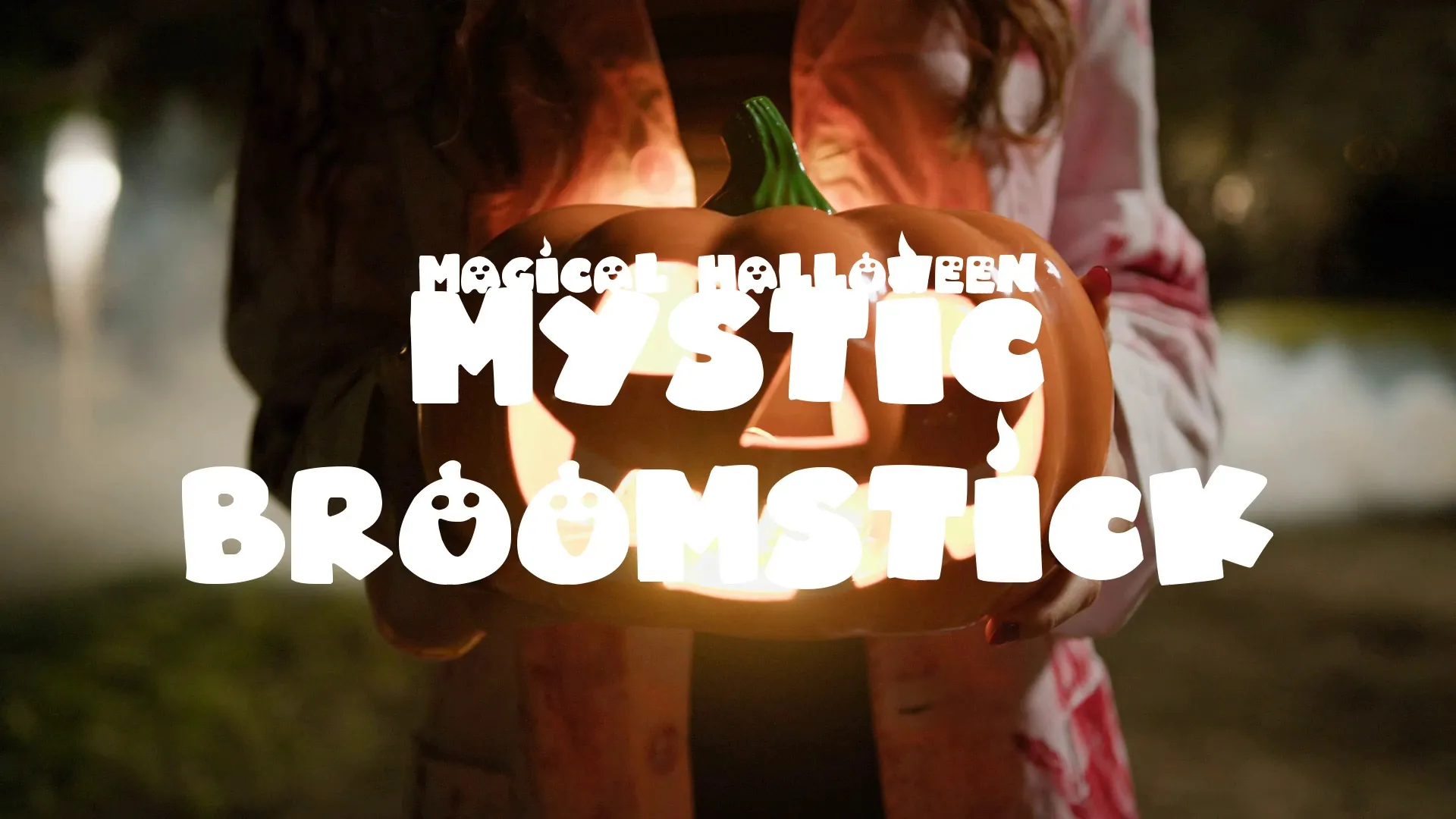
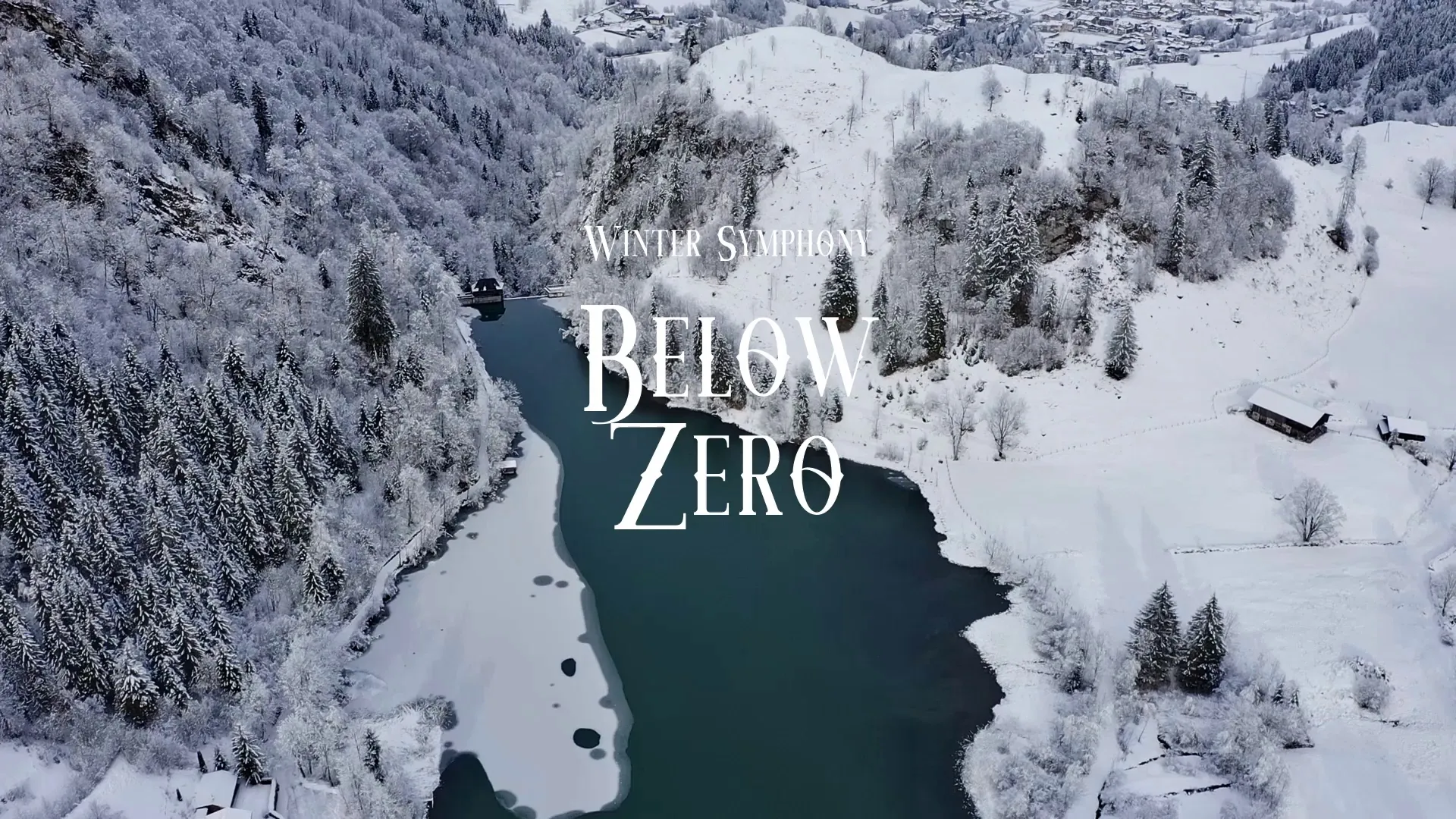
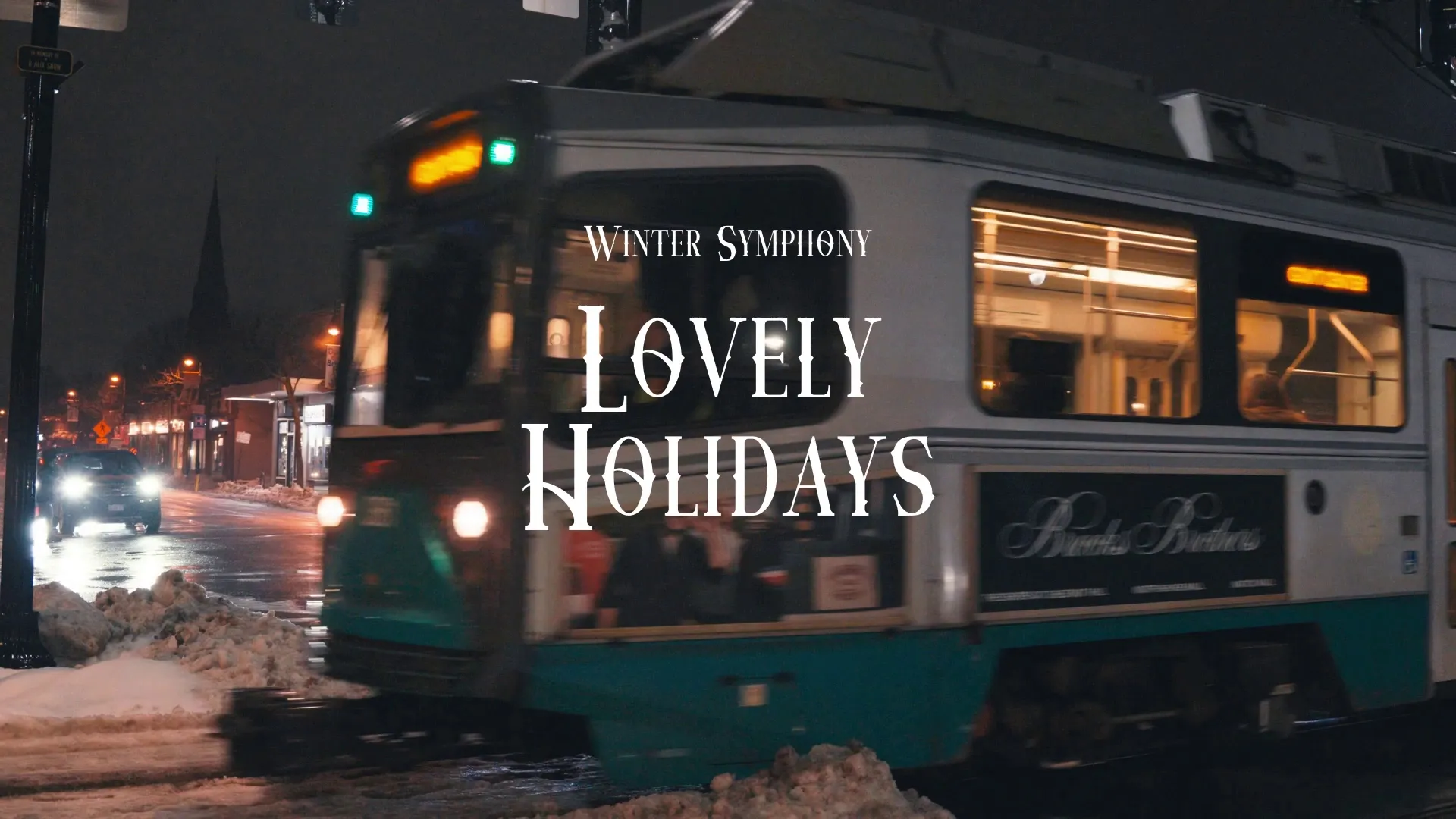
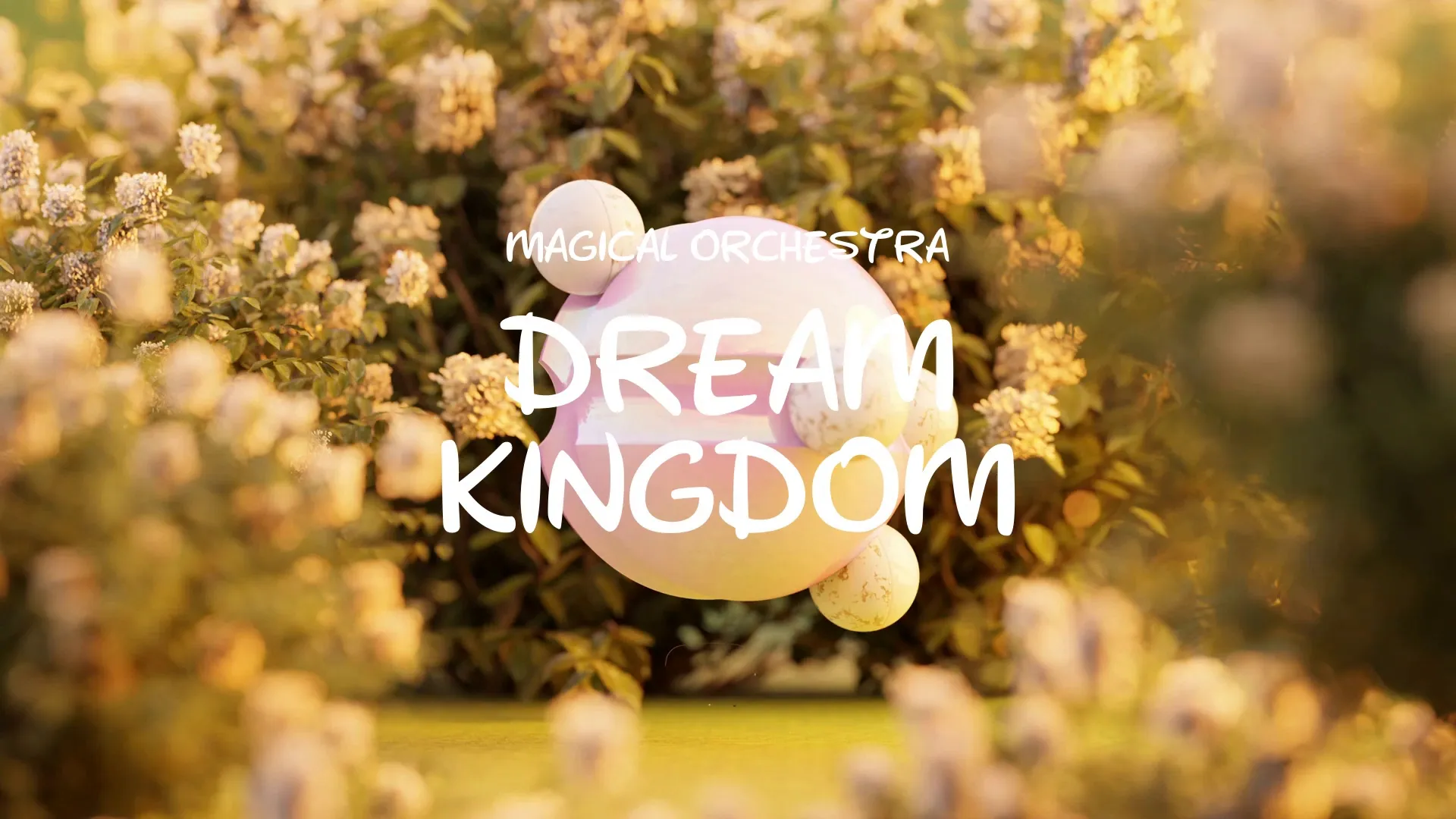
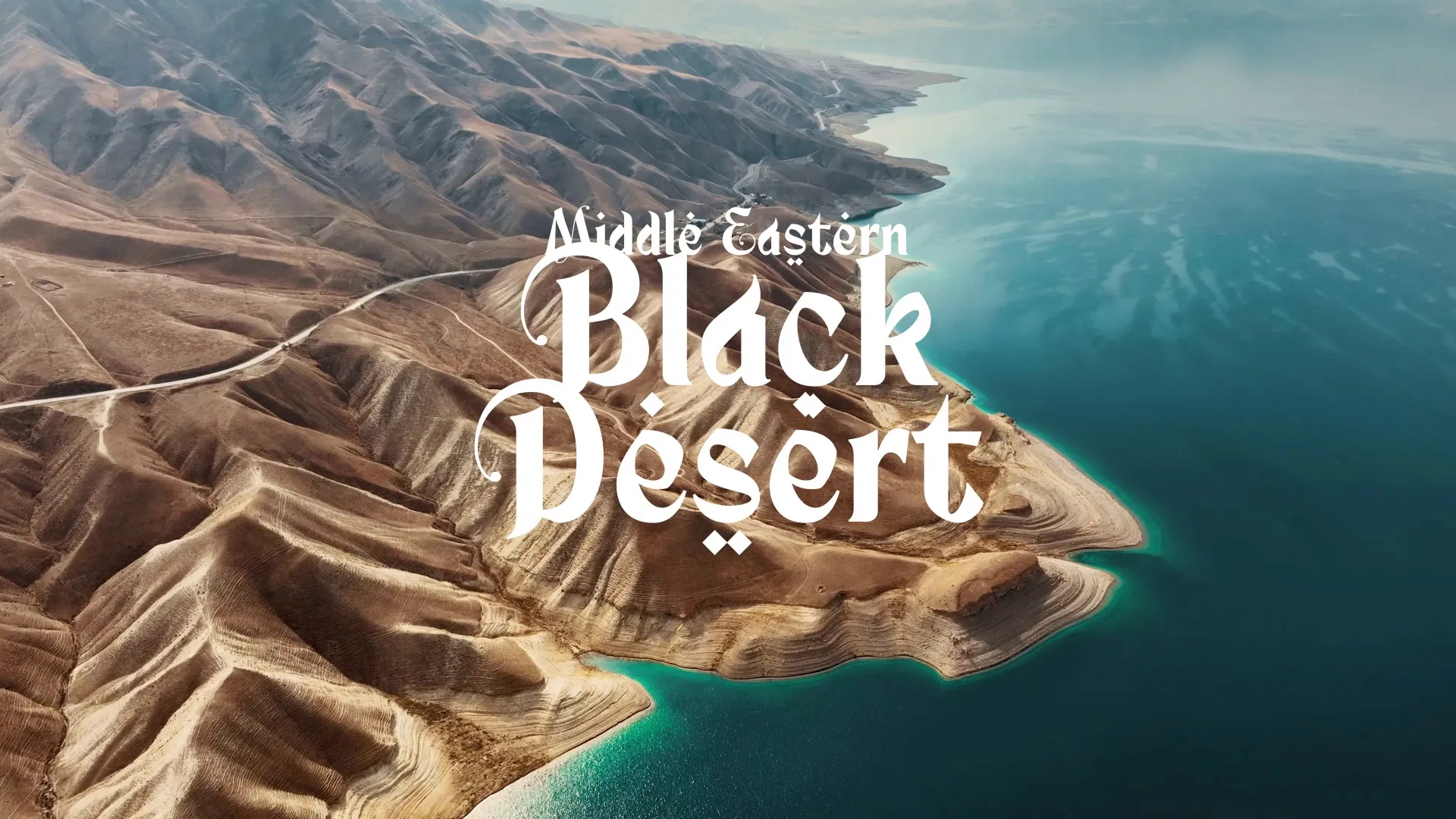
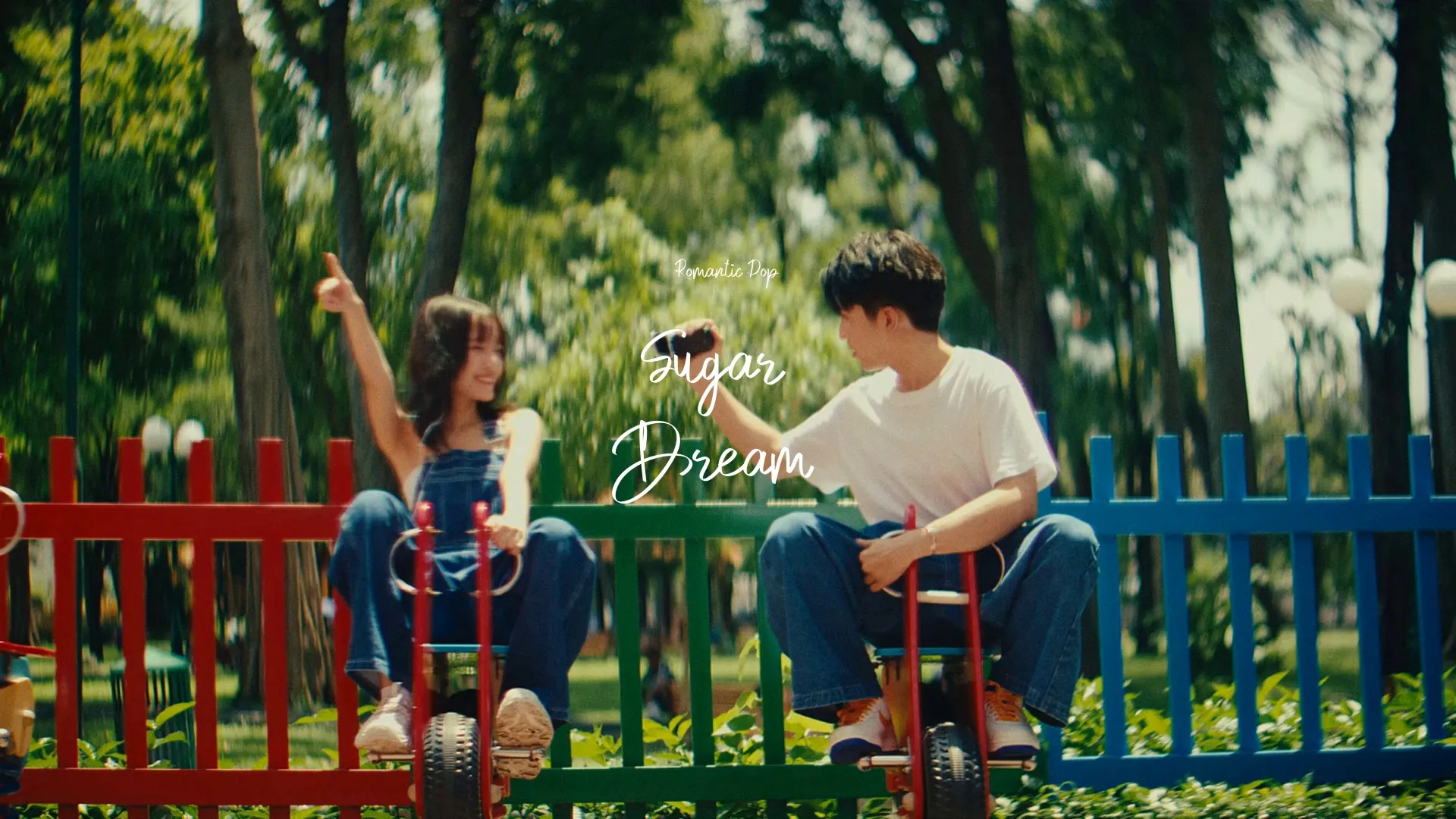


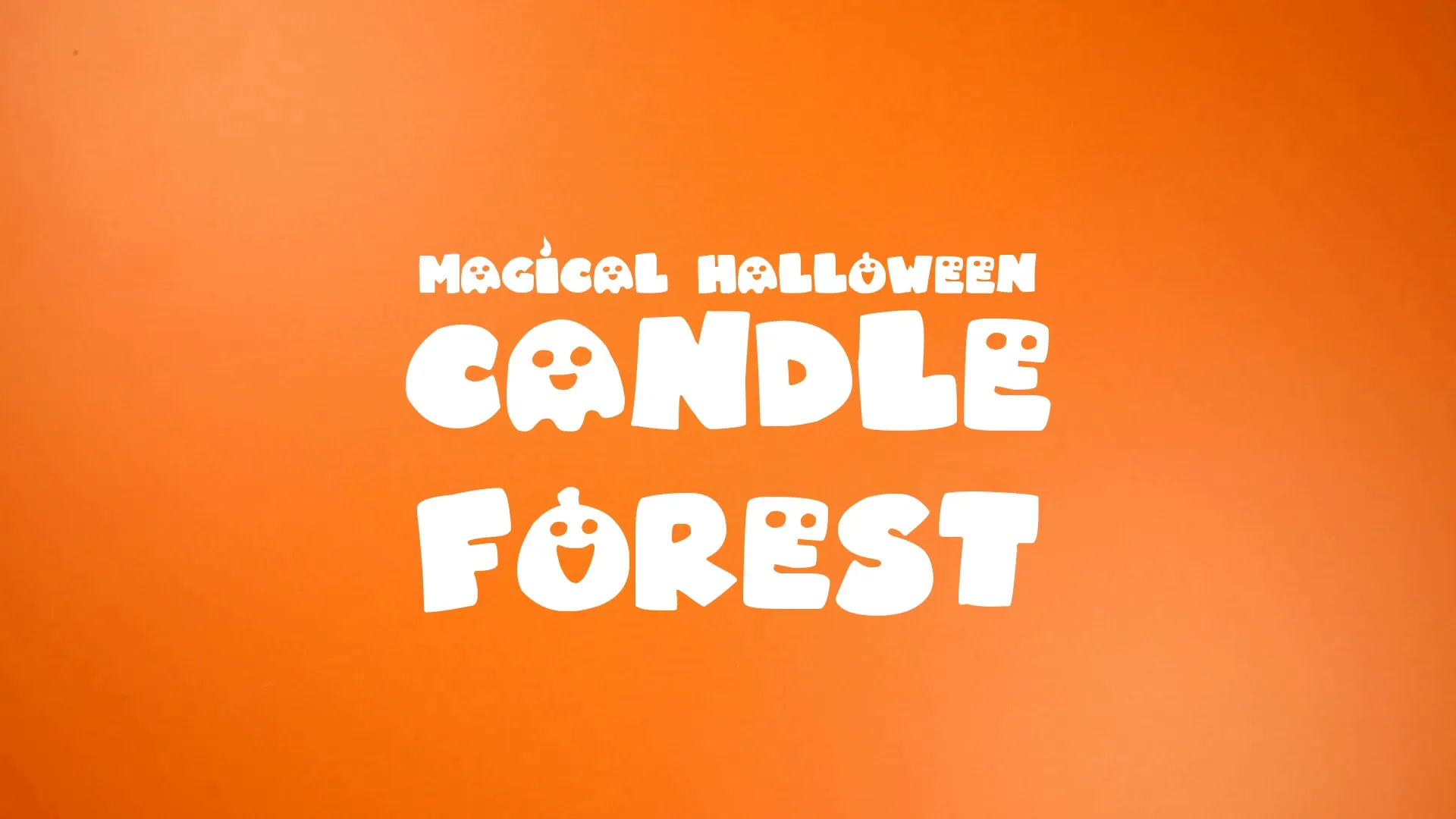

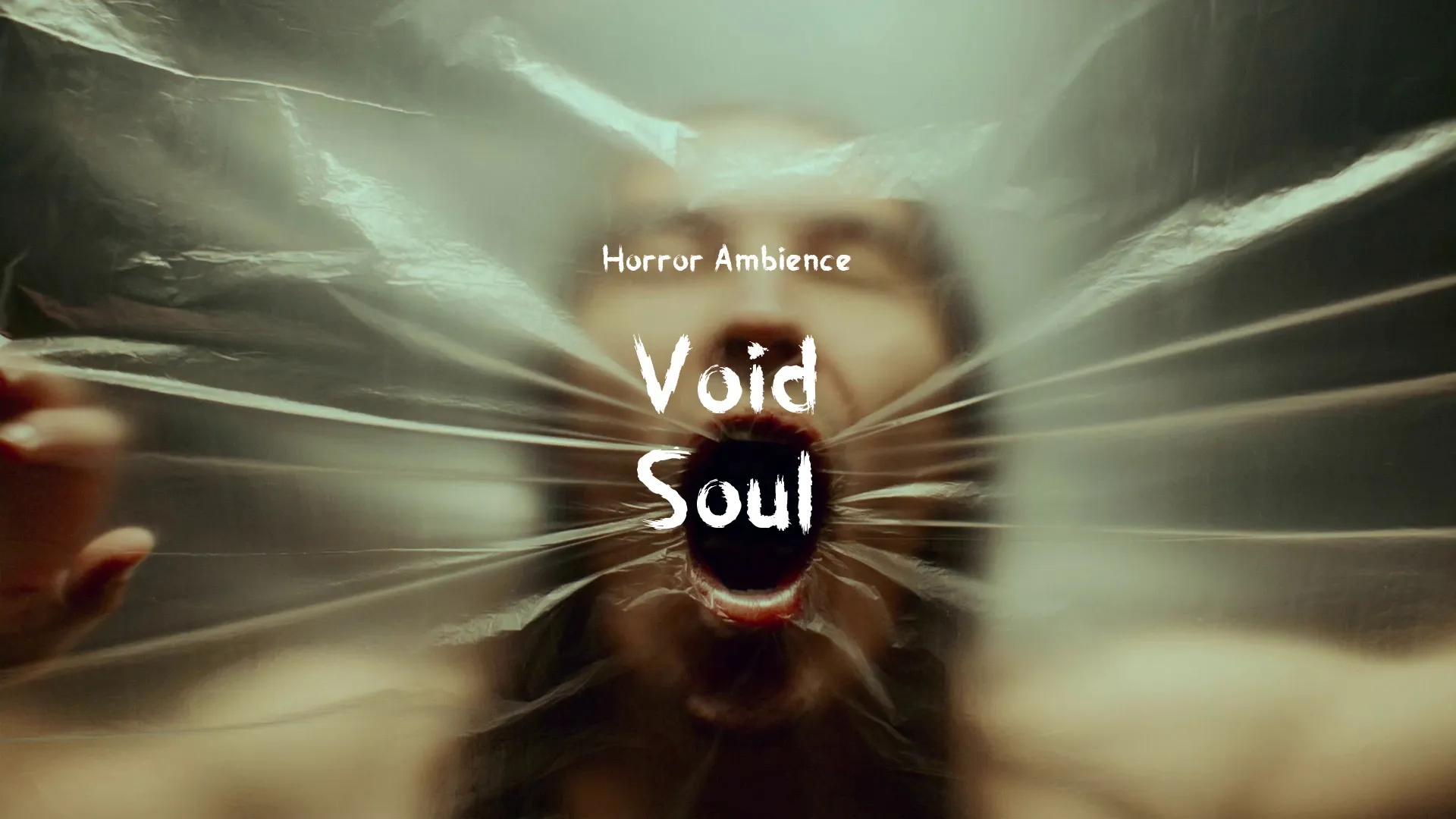
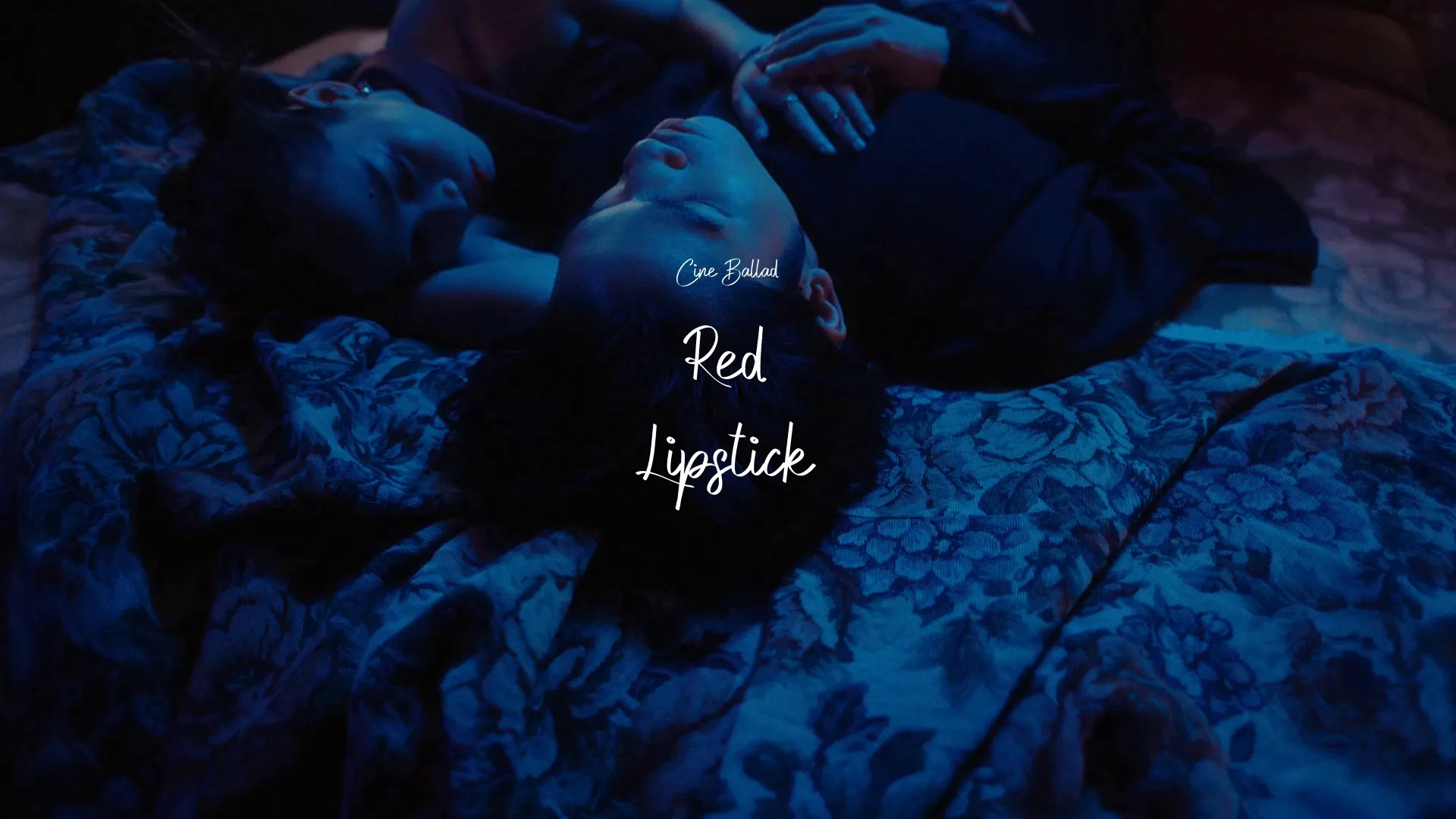
.webp)
